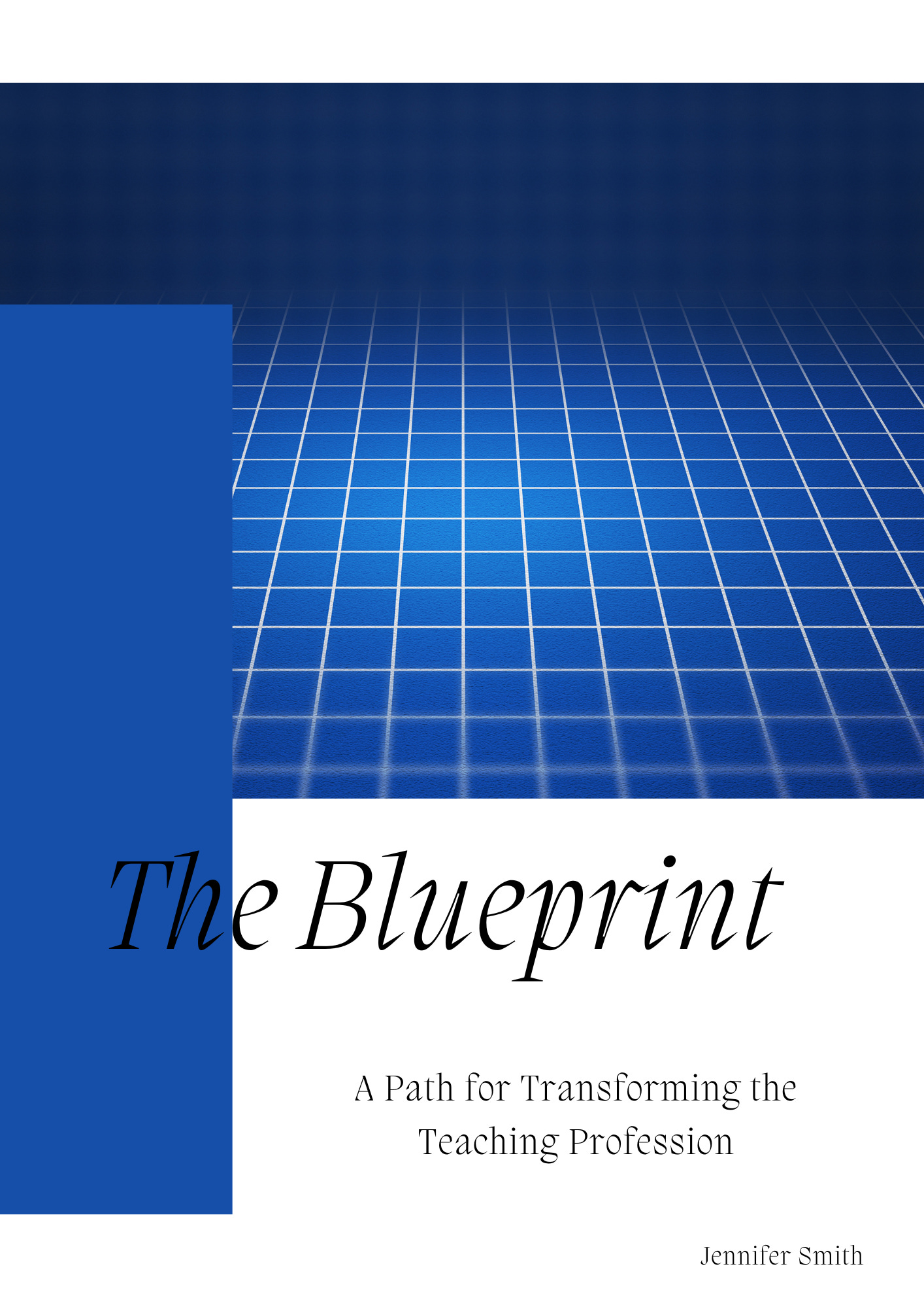When I first stepped into the classroom over 30 years ago, it felt electric.
Not perfect — but alive. There was movement. Curiosity. Joy. I believed deeply in the work. And more than that I believed anything was possible inside these walls.
But over the years, I’ve watched the light in this profession dim.
The same colleagues who used to stay late dreaming up ideas now quietly pack up and head home, exhausted. The ones who once beamed with pride at back-to-school night now steel themselves just to make it through the year. And the new teachers, the ones who should be full of fire, are already asking how much longer they can really do this.
Not because they don’t care. Not because they haven’t tried. But because the profession is operating on an outdated framework.
The truth is: the profession we’ve inherited wasn’t built for this era.
We’re still operating in a system designed over 100 years ago. And here we are in 2025, with AI reshaping industries, people working remotely across time zones, and rockets launching into space for fun—and somehow we still expect teachers to thrive in a structure built for another century.
But I can see possibility, opportunity, and a new vision.
We need something new. A reimagining. A bold departure from survival mode toward something that actually works—for this generation, for this workforce, for this moment.
Imagine a profession where compensation reflects the value we provide — not just in test scores, but in lives changed. Where growth isn’t confined to coursework or years served, but supported through real leadership, innovation, and recognition.
Where teachers have a voice — not just in the classroom, but at the table where decisions are made. Because no one knows the heartbeat of a school like the people who live it every day. Where time is designed for what matters:
thinking, planning, resting, collaborating. A rhythm that supports the art of teaching — not just the logistics of it.
This doesn’t have to be a dream. It can be our vision.
This isn’t one-size-fits-all. Not every school will take the same path, nor should they. But we can agree on the foundational elements that must exist if we’re going to build something better.
Four pillars can guide the way:
Financial Growth
Teachers deserve a career that offers real financial stability and growth. We cannot continue asking educators to sacrifice their own well-being just to serve others. A teacher with a Master’s degree should not have to pick up a second job to stay afloat. Let’s stop normalizing low pay and start building compensation models built on the value teachers bring.
Professional Growth
Teaching cannot be a career with no runway. We need pathways that lead to leadership, innovation, and impact. Educators should have the opportunity to grow—not just through coursework, but through meaningful roles that elevate their expertise. It’s time to break the rigid hierarchies and build career ladders that actually go somewhere.
Voice
Teachers are closest to the learning. And yet, they’re often the last to be consulted on decisions. That ends now. Teachers must have a say in shaping the systems they’re part of. From instruction to policy to innovation, educators need autonomy and input—because the people doing the work should help design the work.
Time
Our current school schedules weren’t designed for creativity, collaboration, or sustainability. They were designed like a factory, and that’s not what learning is. If we want innovation, if we want teacher retention, if we want real learning—then we need to reclaim time. For reflection. For planning. For life.
That’s why I created The Blueprint—a flexible, adaptable framework for schools, systems, and visionary educators ready to redesign the profession from the inside out. The Blueprint isn’t about tweaking at the edges. It’s about naming what’s broken, reclaiming what matters, and building something worthy of the people who choose this profession.
But here’s the truth. We must collaborate to accomplish these goals. Teachers, teacher leaders, and principals must all come to the table for open dialogue. As educators, we have to explore what our profession could be—together.
To the educators still standing: I see you. To the ones who left: I get it. To the ones dreaming of something more: You’re not alone.
This is the work of our time. And we don’t have to wait for permission to begin. We just need to have the courage to ask, What would it look like if we designed a profession that could actually meet the moment?
Together, let’s design what’s next. Because I still believe anything is possible.
—From The Profession,
Jennifer Smith
Grab your copy of The Blueprint at my special launch price of $40 here.




